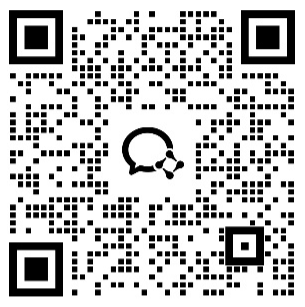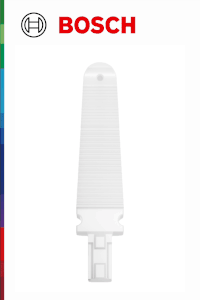2019年十大医学创新
2019-01-28
Alternate therapies for pain. The use of artificial intelligence in healthcare. Expanded window to treat stroke patients. These are some of the innovations that will enhance healing and change healthcare in the coming year, according to a distinguished panel of doctors and researchers.
缓解疼痛的替代疗法医疗行业中人工智能的使用延长中风患者治疗窗口期一个由杰出医生和学者组成的小组讨论提出,上述几项重大创新将在明年提高治愈率并改变医疗行业。

Cleveland Clinic has revealed the Top 10 Medical Innovations of 2019 that capped off the 2018 Medical Innovation Summit. Now in its 16th year, the annual Medical Innovation Summit is organized by Cleveland Clinic Innovations, the development and commercialization arm of Cleveland Clinic. In true Cleveland Clinic fashion, counting from 10 to 1, here are the top innovations for 2019.
克利夫兰诊所在2018年医学创新峰会闭幕之际揭晓了2019年的十大医学创新。今年是医学创新峰会的第16个年头,本年度峰会由克利夫兰诊所创新部(克利夫兰诊所的开发和商业化部门)组织。按照克利夫兰的习惯,我们将从10到1为大家介绍2019年十大创新。

10. RNA-Based Therapies
Akin to DNA-based gene therapies, RNA-based therapies are the newest innovation in labs nationwide and have shown immense potential. Interfering with genetic data at the ribonucleic acid (RNA) level gives scientists the ability to intercept a patient’s genetic abnormality before it is translated into functioning (or nonfunctioning) proteins. Today, the most popular and successful mechanisms of RNA therapy include antisense nucleotides and RNA interference. These new therapies are being explored in a variety of rare genetic diseases such as Huntington’s disease, as well as in cancer and neurologic diseases, with the hope of treatment by way of alternate genetic data. These new mechanisms of action are opening windows for progress and innovation in therapeutics.
基于RNA的疗法与基于DNA的疗法相似,是全国实验室的最新创新,并且在实验室阶段已经展示出巨大的潜力。干扰核糖核酸(RNA)的遗传数据使科学家能在其转化为功能性(或非功能性)蛋白质之前阻截患者的遗传异常。目前RNA治疗最流行和最成功的机制包括反义核苷酸和RNA干扰。这些新疗法被用于探索治疗各种罕见的遗传性疾病,如亨廷顿病、癌症和神经系统疾病,希望通过交替遗传数据来进行治疗。这些新的治疗机制为治疗学的进步和创新打开了一扇新的大门。
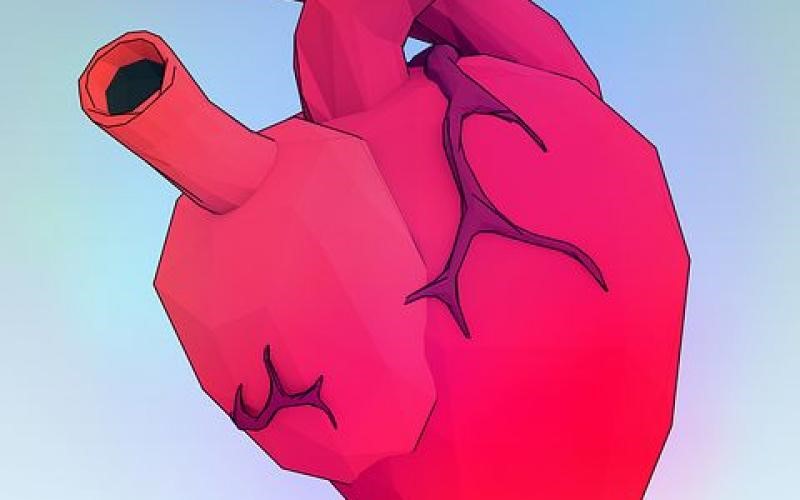
9. Mitral and Tricuspid Valve Percutaneous Replacement
Cardiac surgery today is less invasive and more routine and effective than its historic counterpart. Performed percutaneously – via a catheter through the skin – many cardiac procedures no longer require an open heart surgery approach. Two such procedures performed this way include replacements and repair of both the mitral and tricuspid valves. Hot on the trail of aortic valve percutaneous intervention, recent percutaneous mitral and tricuspid valve intervention has yielded significant positive outcomes while filling a void in the field of heart surgery. The exploration of this technology in a greater patient population is ongoing, but with promising post-op results, the innovation has significant implications for the future of cardiac care.
现在的心脏手术比过去侵入性小,是更为常规和有效的手术。经皮穿孔,即通过导管穿过皮肤,使用这种方法,许多心脏手术已不再需要进行开胸手术。二尖瓣和三尖瓣的置换和修复手术就是如此。随着经皮主动脉瓣介入治疗的发展,最近经皮二尖瓣和三尖瓣介入治疗填补了心脏手术领域的空白,发挥了极为积极的作用。目前该技术适用于越来越多的患者人群,由于术后效果良好,可以期待该项创新能在未来的心脏病治疗方面大有作为。
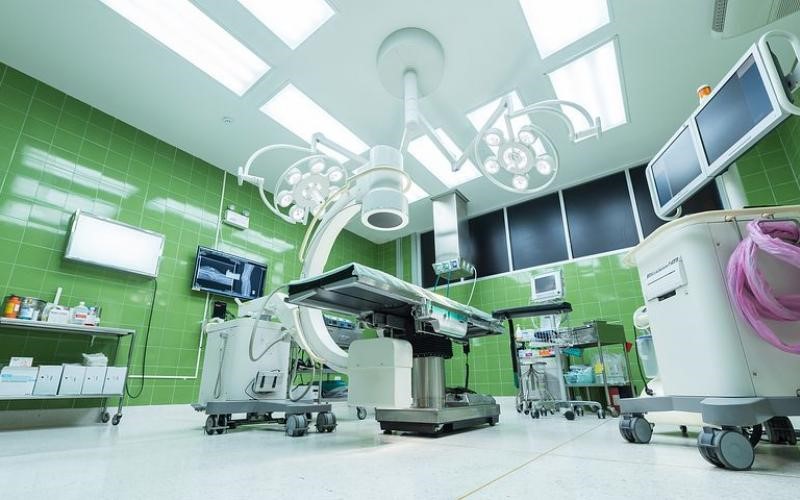
8. Innovation in Robotic Surgery
Most surgeries performed today are the shortest and least invasive that science will allow. This adaptation in surgical methodology is brought about in part by the integration of robotics. Robots in the operating room provide surgeons with guidance for extreme precision in surgery. Today, surgical platforms are highly advanced and are being used anywhere from spine to endovascular procedures. Shortened recovery time and limited pain after surgery are just a few of the patient benefits seen with minimally invasive robotized surgery. Continued advancement in the field has led to more precise and effective surgeries with improved surgical outcomes.
现在的大部分手术的侵入性和手术时间都达到了前所未有的最小程度。在手术中引入机器人改变了手术方法。手术室中的机器人可在手术过程中为外科医生提供极为精确的指导。如今的手术台非常先进,适用于大至脊椎手术和小至血管内手术的各类手术。微创机器人手术能为患者带来诸多好处,包括缩短恢复时间和减轻术后疼痛等。随着机器人手术领域的进步提高了手术的精度和有效性,手术效果也得到了不断改善。
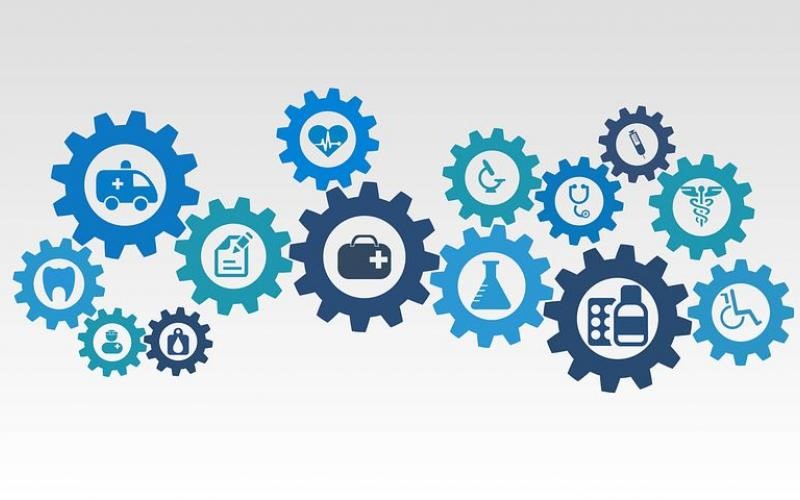
7. Visor for Prehospital Stroke Diagnosis
Though less common than ischemic strokes, hemorrhagic strokes – during which blood escapes from a ruptured blood vessel in the brain – are responsible for nearly 40% of stroke deaths. Rapid diagnosis is necessary for effective treatment, as uncontrolled bleeding can lead to swelling of, and damage to, the brain. To speed diagnosis, healthcare professionals are using new, advanced technologies such as the hemorrhage scanning visor, which can detect bleeding in the brain. An efficient diagnostic tool, the visor for prehospital hemorrhage scanning serves to speed up diagnosis and the ever-important time to treatment.
尽管出血性中风(血液从破裂的脑血管中溢出)没有缺血性中风常见,但它导致的卒中死亡占到40%。不受控制的出血会导致脑肿胀和脑损伤,因此快速诊断对于有效治疗至关重要。医疗人员正在使用各种新的先进技术来提高诊断速度,其中包括出血点扫描板,它可以检测出大脑的出血点。入院前出血点扫描板是一个非常有效的诊断工具,能加速诊断,为治疗争取宝贵的时间。

6. Virtual and Mixed Reality for Medical Education
Virtual and mixed reality involve the use of computer technology to create simulated and hybrid environments. Popular for their gaming applications, virtual and mixed reality, with their futuristic affect, never fail to dazzle audiences. But VR/MR technology is much more than a game. These reality systems have recently caught the eye of healthcare professionals eager to sharpen their skills. Now popular for medical education, VR/MR programs provide simulation training that serves to enhance traditional medical schooling. With this immersive style of learning, VR/MR training appeals to all types of learners: audio, visual and kinesthetic. Education via simulation is a productive step toward the system’s most adept and confident healthcare providers.
虚拟和混合现实涉及到使用计算机技术来创建模拟和混合环境。虚拟和混合现实在游戏应用上非常流行,用它创造出的令人炫目的视觉效果,从来都不会让使用者失望。但是VR/MR技术并不仅仅应用在游戏上。这些系统最近引起了渴望提高技术的医疗人员的兴趣。VR/MR目前在医疗教育领域非常受欢迎,它能为课程提供模拟训练,以加强传统医疗教学的效果。VR/MR产生的浸入式学习方式适用于各种类型的学习:听觉、视觉和动觉。通过模拟进行教学有助于医疗人员成长为最娴熟最自信的医疗专家。
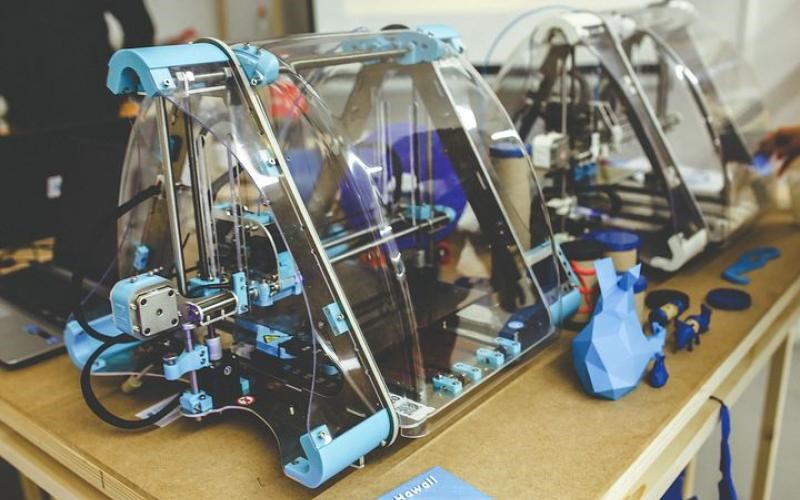
5. Patient-Specific Products Achieved with 3D Printing
通过3D打印为患者配置产品
Utilizing 3D printing technology, medical devices can now be matched to the exact specifications of a patient. Designed to be more compatible with an individual’s natural anatomy, devices modeled from patient-specific dimensions have shown greater acceptance by the body, increased comfort and improved performance outcomes. The versatility provided by 3D printing gives medical practitioners the ability to provide patients the most advanced care, while simultaneously minimizing the risk of complication. Currently, the most significant work in this space includes external prosthetics, cranial/orthopedic implants, and customized airway stents for diseases narrowing the airway. Work in prosthetics and other bodily implants is also gaining speed with some cleared for the commercial market. The technology has also been found helpful in surgical planning. To date, the technology has been used for many complicated heart surgeries, and even Cleveland Clinic’s most recent total face transplant. With its widening healthcare applications, 3D printing is increasing the attention to detail in patient care.
利用3D打印技术,医疗器械现在可以按患者的特定要求进行配置。由于设计本身就与患者的自然解剖结构更加兼容,因此按照患者特定要求建模的器械已经显示出更好的身体接受度、更高的舒适度和更好的性能表现。3D打印的多样性使医疗人员能够为患者提供最先进的护理,同时最大限度地降低并发症的风险。目前,该技术主要用于打印外部假体、颅骨/整形外科植入物以及用于缩小气道疾病的定制气道支架等。在假体和其他体内植入物方面的进展也在加速,某些成果即将投入商业使用。该技术对手术计划也有所帮助。目前它已用于许多复杂的心脏手术中,克利夫兰诊所最近的全脸移植手术也用到了这项技术。随着医疗应用不断扩大,3D打印正越来越关注对患者的护理细节。
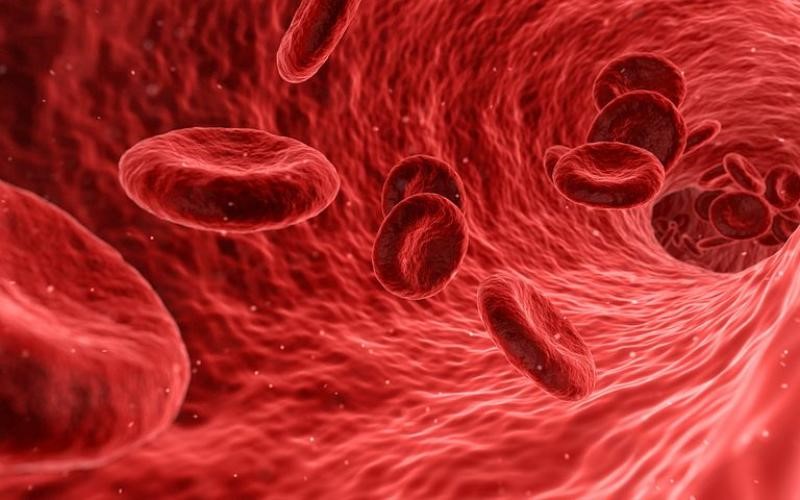
4. Advances in Immunotherapy for Cancer Treatment
Cancer immunotherapy, or biologic therapy, is a technique that uses the body’s own immune system to fight cancer. While immunotherapies for cancer have existed for some time, the worldwide work toward a cure for cancer continues to highlight new and novel immunotherapeutic targets. Scientists are creating life-changing new cancer treatments through the concepts of joint therapy and engineered T-cells. With the near daily discovery of new immunotherapeutic targets and biomarkers, it is the hope that effective therapies will soon exist for all tumor profiles.
癌症免疫疗法或生物疗法是一种利用人体自身免疫系统对抗癌症的技术。虽然使用免疫疗法治疗癌症已有一段时间,但每次有新型免疫治疗靶点出现,都仍然是全球癌症治疗方面的亮点。科学家正在通过联合治疗和工程化T细胞的概念创造颠覆性的癌症治疗新方法。几乎每天都有新的免疫靶点和生物标志物被发现,在不久的将来有望找到所有的肿瘤谱相对应的有效治疗方法。
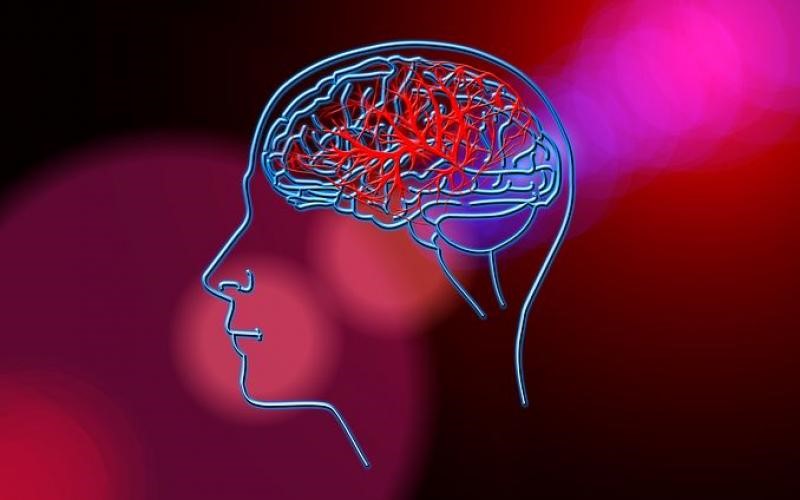
3. Expanded Window for Acute Stroke Intervention
延长急性中风干预窗口期
When it comes to stroke intervention, a timely response is critical. Prolonged lack of blood flow following a stroke can cause irreversible destruction, often resulting in disability. In many cases of stroke, intervention methods can be deployed to save tissue. But until now, intervention of a stroke has only been recommended within a limited window of time. Released this past year, new guidelines suggest an expanded window for treatment. This lengthened timeframe is anticipated to lower the risk of disability and provide opportunity for recovery to an increased number of future stroke patients.
在中风干预方面,及时响应至关重要。中风后长时间缺乏血流会导致不可逆转的损伤,通常会导致残疾。在许多中风病例中,可以采用干预方法来保护组织。但直到目前,中风的干预窗口期都非常短。去年发布的新指南建议延长治疗窗口期。延长的治疗窗口期有望降低残疾风险,并在将来为更多的卒中患者提高恢复机率。

2. The Advent of AI in Healthcare
Once thought as a futuristic threat to humankind, artificial intelligence is now a part of everyday life. In healthcare, AI is changing the game with its applications in decision support, image analysis and patient triage. Today, artificial intelligence is helping physicians make smarter decisions at the point of care, improving the ease and accuracy of viewing patient scans and reducing physician burnout. For instance, machine learning algorithms have the ability to highlight problem areas on images, aiding in the screening process and quickly making sense of the mountains of data within a physician’s EMR system. With AI’s continued integration into healthcare, caring for patients has become a matter of working smarter, not harder.
人工智能曾一度被视为人类未来的威胁,但现在已成为日常生活的一部分。人工智能正在改变医疗行业的各类做法,如决策支持、图像分析和患者分类等。如今,人工智能可以帮助医生做出更明智的治疗决策,提高查看患者扫描结果的简易性和准确性,减少医生的负担。例如,机器学习算法能够突出显示图像上的问题区域,有助于筛选并快速解读医生EMR系统中的大量数据。随着人工智能不断融入医疗保健领域,使照顾患者这份工作变得更轻松,更智能。

1. Alternative Therapy for Pain: Fighting the Opioid Crisis The opioid crisis has been declared a public health emergency. Today, chronic pain is the leading cause of opioid prescription. Though several clinically validated alternative therapies for chronic pain exist, none have curtailed the crisis. Now, innovation and potential for hope comes by way of pharmacogenomic testing, which uses a patient’s genetic makeup to predict an individual’s metabolism of drugs, including some opiate-based drug. Pharmacogenomic testing can be used to avoid adverse reactions and eliminate unnecessary and ineffective prescriptions, replacing them with more effective medications. Pharmacogenomics can also be used to predict who may have little or no pain relief to some opiate-based analgesics. Such patients might otherwise finish their prescription quickly and return for a new prescription earlier than expected. Pharmacogenomics can provide the opportunity to tailor medication therapy. In 2019, with increased access to genetic testing, pharmacogenomics is poised to make significant inroads into precision medicine and potentially an end to the crisis.
缓解疼痛的替代疗法对抗阿片类药物危机。阿片类药物危机已被定为突发公共卫生事件。如今,阿片类药物主要用于治疗慢性疼痛。虽然存在一些临床验证的慢性疼痛替代疗法,但尚没有一个能够降低危机。目前,创新性的药物基因组学测试具有很大潜力,这种方法使用患者的基因组成来预测其药物代谢,其中也包括一些含有鸦片的药物。药物基因组学测试可用于避免不良反应,过滤掉不必要的和无效的处方,并用更有效的药物来替代它们。药物基因组学也能预测出哪些患者对阿片类镇痛药不敏感。这些患者的药物会很快用完,然后比预期更早地返回医院再次开药。药物基因组学有望提供定制药物治疗。2019年,随着基因检测的广泛应用,药物基因组学有望在精准医学方面取得重大进展,并可能结束阿片类药物危机。



